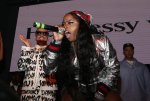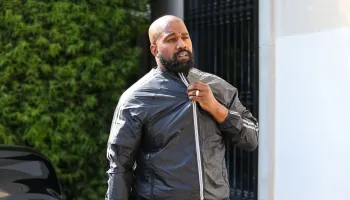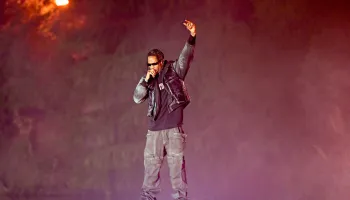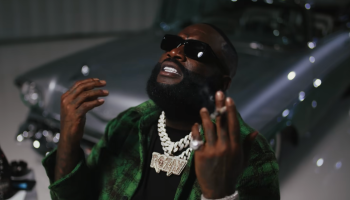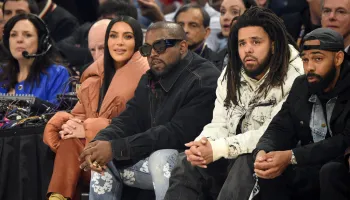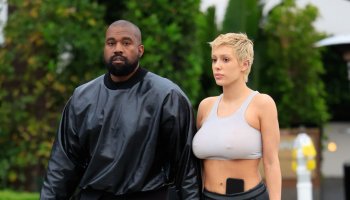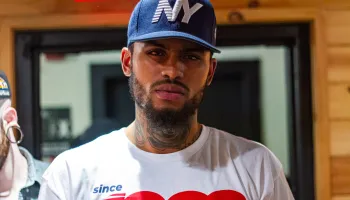We’ve entered 1990, the Afrocentric/Conscious Era of Hip-Hop music is already on it’s last legs. A perfect indicator of this change is the group X-Clan and the Blackwatch Movement lead by Professor X (Lumumba Carson). In 1990, their album To The East, Blackwards was successful enough for individual group members to record solo albums between 1990 and 1992. By the time X-Clan released their sophomore album in 1992, interest in the group had dropped significantly and shortly thereafter they broke up. What happened in 1990 that initiated this change? The answer actually lies back in 1989 and Touré missed it completely…
“The BDP crew & several affiliates rushed the stage, tossed Prince Be off and KRS-One rocked “I’m Still #1” for a frenzied audience.”
How did Hip-Hop’s fan base gain so many White fans between 1989 and 1992 anyways? Let’s examine that issue by looking at Hip-Hop itself. In 1989, several crossover hits that ended up on Rock & Pop radio, got aired on MTV’s Yo! MTV Raps and gained popularity with young kids that weren’t initially Rap fans were made. Among them being Young MC’s “Bust A Move” along with Tone Loc’s “Wild Thing” and “Funky Cold Medina” as well as MC Hammer’s “Turn This Mutha Out.” All of these songs and more people across the country getting cable access to Yo! MTV Raps led to a perfect storm, spawning a wave of hits in 1990 that changed Rap’s destiny forever.
In January 1990, MC Hammer released the inescapable pop Rap hit “U Can’t Touch This.” It became one of the first Rap songs to hit the #1 spot on the Billboard charts. In July 1990, Vanilla Ice’s “Ice Ice Baby” became the next #1 Rap song to hit on Billboard. Between the success of MC Hammer’s Please Hammer Don’t Hurt ‘Em and Vanilla Ice’s To The Extreme they brought Rap to a wider audience then ever before thanks to spins on Rock and Pop radio plus the support of MTV. The success of these two albums forced many Rap artists and Hip-Hop labels to attempt to make crossover hits much in the same fashion. This led to much internal turmoil in the Rap world as rappers began to call each other out for attempting to “sell out.” As would be expected, there was a backlash against what was deemed “Pop Rap.”
So how did we get from MC Hammer and Vanilla Ice dancing on stage in sequins and endorsing every product under the sun to everyone being “hardcore,” “keepin’ it real” and representin’” by 1993? It’s pretty simple. Beginning in 1991, labels began to seek out “alternative Rap” groups or “alternative Rappers” to cater to these fans that would be turned off by harder more aggressive Rap. What happened next? Acts like P.M. Dawn emerged and became successful. P.M. Dawn’s success led to Arrested Development getting signed. By then, a huge segment of Hip-Hop fans and artists became very irritated with Hip-Hop/Rap’s recent Pop leanings and there was a great backlash against it beginning in 1992.
The event that is often cited as the tipping point when the Pop Rap Era ended and the second Hip-Hop Golden Age began is the night P.M. Dawn did a set at Sound Factory and previously Prince Be said some less than flattering (and downright stupid) things about Public Enemy and KRS-One in recent interviews with the music press. KRS-One, the BDP crew and several affiliates and artists that supported him rushed the stage, tossed Prince Be off and KRS-One rocked “I’m Still #1” for a frenzied audience. The backlash against Pop Rap and Alternative Rap came to a head and ushered in a new Golden Age of Hip-Hop as numerous seminal and classic Hip-Hop releases would drop in succession in the following months.
CONTINUED ON NEXT PAGE

